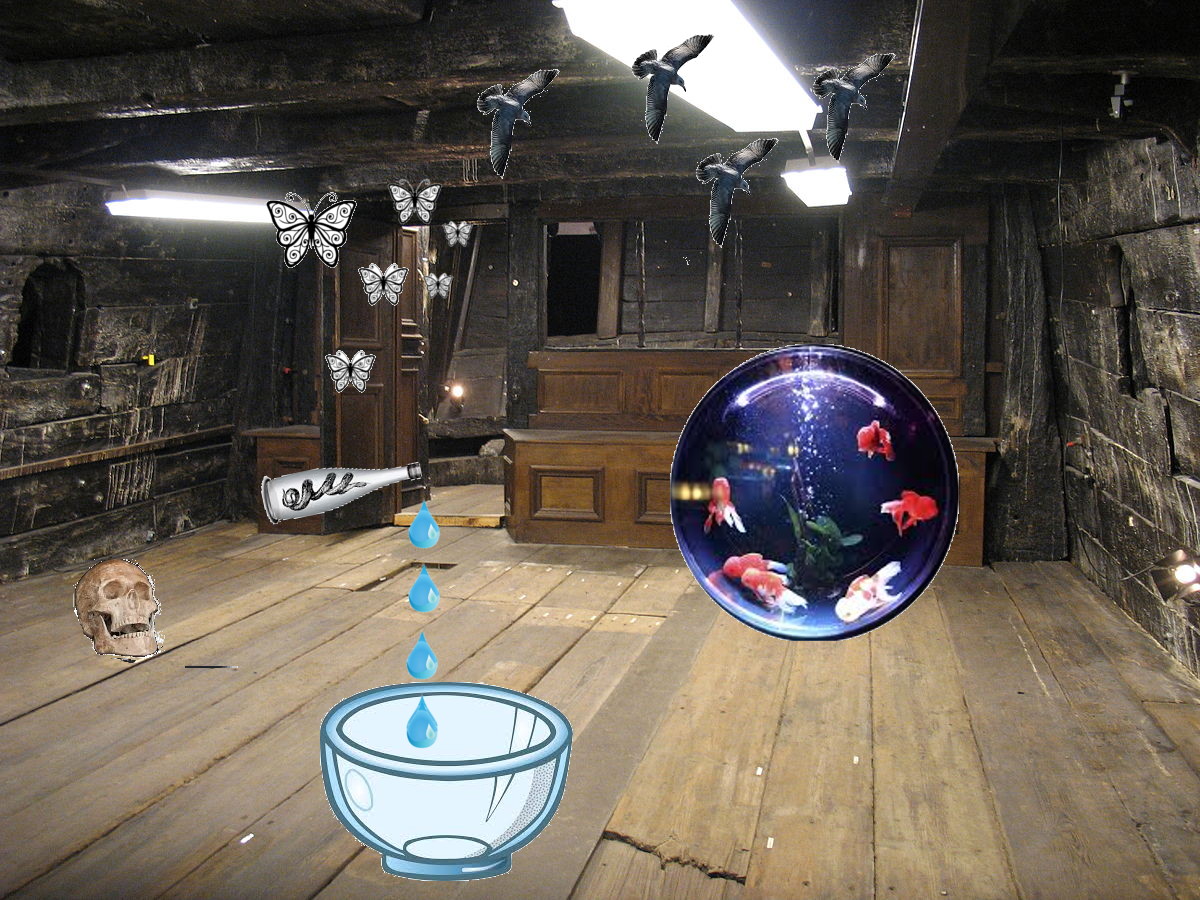PHYS-A3132 - Sähkömagnetismi (ENG2), Luento-opetus, 1.3.2022-13.4.2022
This course space end date is set to 13.04.2022 Search Courses: PHYS-A3132
Översikt
-
Kaikki alla olevat linkit, samoin kuin stack-tehtävissä olevat linkit, edellyttävät toimiakseen, että selaimessasi on avattuna sähköinen kurssikirjamme. Linkki kurssikirjaan löytyy alta.
Tämän viikon aiheina ovat sähkömagneettinen induktio eli Faradayn laki (luku 29-2 Faraday's law of induction; Lenz's law ja 29-7 A changing magnetic flux produces an electric field). Sovelluksena tarkastellaan johtimeen indusoituvaa sähkömotorista voimaa (luku 29-3 EMF induced in a moving conductor).
Lisäksi aloittelemme ainakin käsittelemään Maxwellin yhtälöitä (luku 31-3 Maxwell's equations) sekä niiden osana kenttämuutosvirtaa (luku 31-1 Changing electric fields produce magnetic fields; Ampere's law and displacement current).
Sähkömagneettiseen induktioon perustuu monet tärkeät sovellukset. Kannattaakin perehtyä siis lisäksi sähkögeneraattoreihin (luku 29-4 Electric generators) sekä muuntajiin ja voimalinjoihin (luku 29-6 Transformers and transmission of power).
-
Tiistain luennon esitehtävä Inlämningsuppgift
-
Keskiviikon luennon esitehtävä Inlämningsuppgift
-
STACK-laskuharjoitukset 3 Kunskapstest
Kolmannen viikon laskuharjoitukset liittyen edelleen magneettikenttiin ja Maxwell-Amperen lakiin.
-
Tehtävien ratkaisut Fil PDF
-
Huom: sarjaan kytkennässä (series), virrat kulkevat vastakkaisiin suuntiin johtimissa (toisessa ylös ja toisessa alas), rinnankytkennässä (parallel) samaan suntaan (molemmat alas tai molemmat ylös).
-

